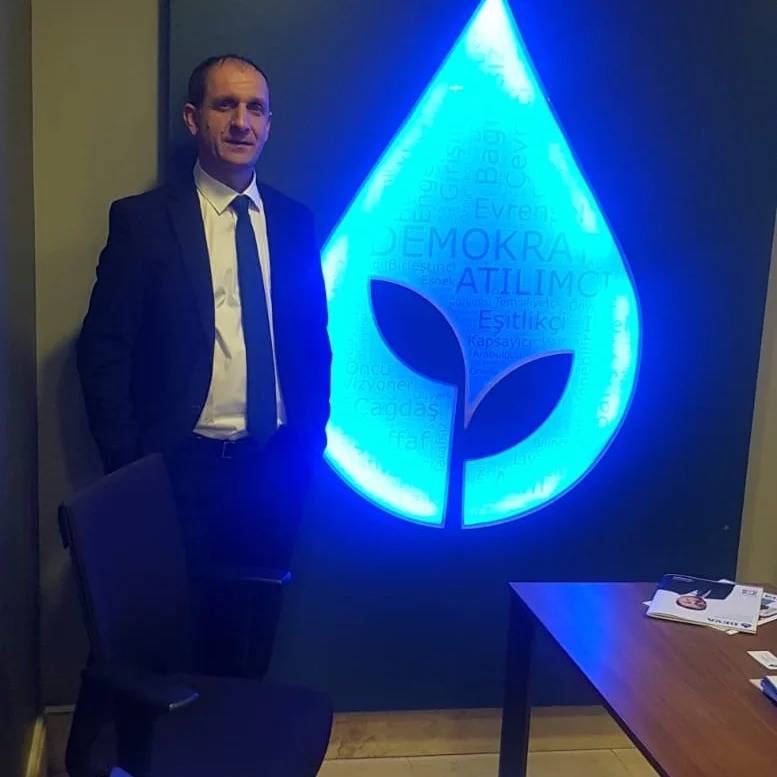Miglior sito di incontri per qualsiasi età
Join Ticku, where you could meet anyone, anywhere! It is a complete fun to find a perfect match for you and continue to hook up.
Come funziona
We have made it easy for you to have fun while you use our Ticku platform.
Crea un account
Registra il tuo account con passaggi semplici e veloci, al termine otterrai un profilo di bell'aspetto.
Trova corrispondenze
Cerca e connettiti con le partite che sono perfette per te fino ad oggi, è facile e un divertimento completo.
Inizia Incontri
Interact using our user friendly platform, Initiate conversations in mints. Date your best matches.
Trova la tua migliore corrispondenza
In base alla tua posizione, troviamo le corrispondenze migliori e adatte a te.
Completamente sicuro e crittografato
Your account is safe on Ticku. We never share your data with third party.
Privacy dei dati al 100%.
Hai il pieno controllo sulle tue informazioni personali che condividi.
Why Ticku is the best platform?
Ticku, where you could meet anyone digitally! It\'s a complete fun to find a perfect match for you and continue to hook up. Real time messaging & lot of features that keeps you connected with your love 24x365 days.
Link veloci
Sempre aggiornato con le nostre ultime offerte e sconti!
Diritto d'autore © 2024 Ticku. Tutti i diritti riservati.




















